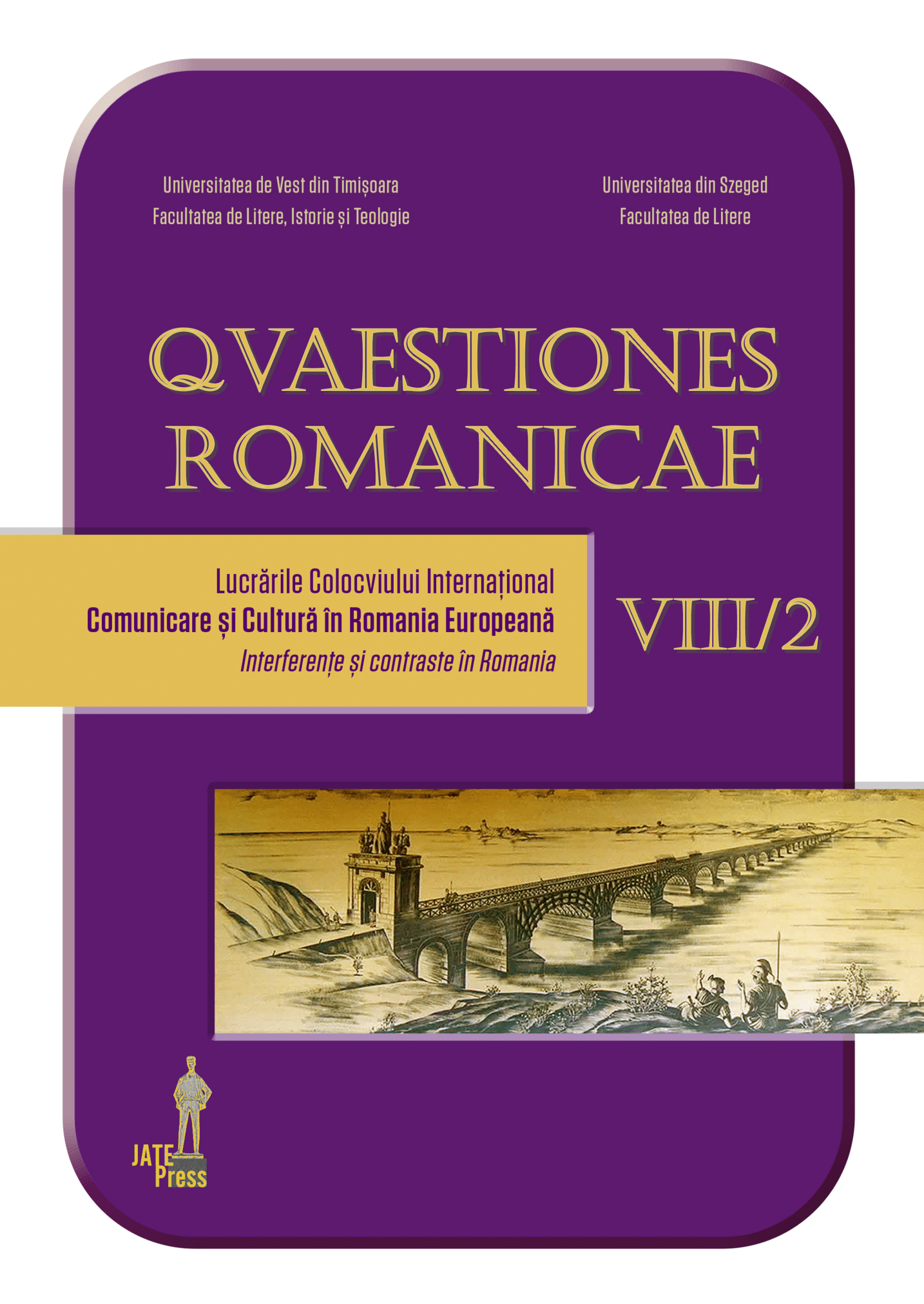Studiu comparativ al piesei pentru pian Ondine
A Comparative Study of the Piano Piece Ondine
Author(s): Aida MarcSubject(s): Music
Published by: Universitatea de Vest din Timişoara
Keywords: Comparative musical analysis;Impressionism;character;legend;literature;
Summary/Abstract: The subject of this article is the parallels and contrasts between two works, based on the same source of inspiration, Ondine. The authors of which are two contemporary composers Maurice Ravel and Claude Debussy, who have distinct compositional styles, and their own unique approaches to the piece. We will also look at the role the inspiration had in shaping their respective work as well.The Russian music also had a powerful influence on both composers’ life, music that was frequently performed on the Parisian scenes. The two composers were strongly influenced in their use of modality, unique harmonies, and ostinato technique by the music of Mussorgsky, Rimsky-Korsakov and Borodin. Ravel, due to the fact that he included the text of the poem by Aloysius Bertrand in the publishing of the suite Gaspard de la Nuit, acknowledges Bertrand as a source of inspiration. Ravel’s piece was printed in 1908. On the other hand, the source of inspiration for Debussy’s Ondine is less proven. Ondine is the eight Prelude out of twelve, from the second book of the piano Preludes composed between 1910-1913. Ravel’s Ondine is a work of great virtuosity compared to Debussy’s composition, which doesn’t require such a versatile technique. Because of the narrative character, structurally speaking the form is obscure, but one can still distinguish two musical ideas. There are two main themes at its base and both are mo-dal themes introduced in the left hand moving at small intervals. As opposed to Ravel’s Ondine, Debussy’s work reveals a totally different perception. The length of the piece is much more reduced, and although the piece is structured in several sections based on motivic themes and gestures, it offers a unitary perspective. As in Ravel’s case, the form is not a definite one. If in Ravel’s Ondine the dominant element is a homophonic texture of an accompanied tune, in Debussy’s case we can distinguish a counterpoint layer technique of exposition and juxtaposition of the sono-rous material: the pedal-tone which appears several times during the piece together with the ostinato rhythm.
Journal: Quaestiones Romanicae
- Issue Year: VIII/2020
- Issue No: 2
- Page Range: 396-405
- Page Count: 10
- Language: Romanian

